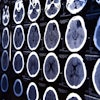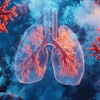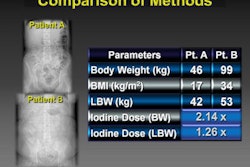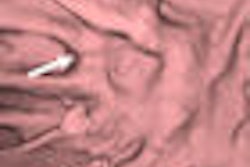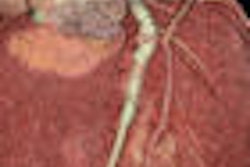Dear CT Insider,
The evidence is in on the dangers of IV-administered contrast media for CT. And it's underwhelming.
Which is not to say that the long-term biological effects of the agents have been fully evaluated -- they have not. But experience in thousands of patients has shown little in the way of serious outcomes.
This issue's Insider Exclusive looks at five years of studies on the effects of IV contrast in patients, including those who have met the definition of contrast-induced nephropathy. Dr. U. Joseph Schoepf from the Medical University of South Carolina examines where the research has been, and where it needs to go.
That said, an important June update on contrast agent use in angiography found evidence of real harm.
Contrast these with studies from up the road a piece in North Carolina. Dr. Rendon Nelson and colleagues have found a better way to optimize the contrast dose in overweight patients, who need less of the stuff than you might think.
In the lungs, it's safe to drop the kV dose without harming image quality, according to a group from Boston. But in children with suspected diffuse lung disease, CT's contribution was unimpressive, concluded doctors in Tel Aviv.
Meanwhile, tech wizards in Japan are developing software to follow lung nodules over time. When lung malignancies do appear, physicians can now stage them with new guidelines published this month.
In the stomach, CT is doing an impressive job of diagnosing some cases that were once the exclusive domain of gastroscopy. In the heart, calcium scanning is offering a decent outlook on the prognosis of patients with plaques it cannot see. But a new study warns that repeated calcium scans (at least at above-average doses) might do more harm than good.
Finally, researchers in France are using high-pitch scans to obtain crisp images of the entire thorax at very low doses. Find out how by clicking here, or visit your CT Digital Community for this story and even more news.


